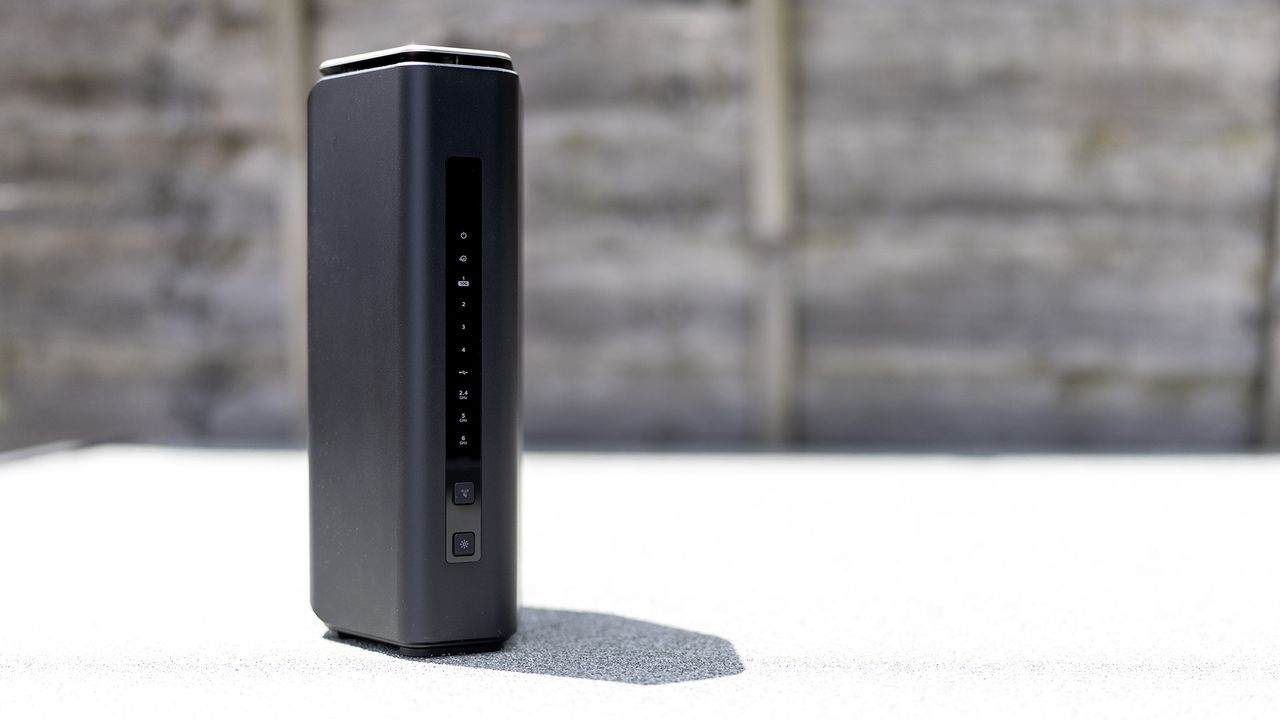Netgear’s current crop of Nighthawk Wi-Fi routers—and there are a lot of them—all have the kind of looks that, were they gaming PCs, might hide ridiculous amounts of rendering power behind their otherwise anonymous black exteriors. And in a way they do, if you replace the word ‘rendering’ with ‘networking’.
No wait, come back. Networking is really interesting, I promise. Otherwise PC Gamer wouldn’t keep getting me to review these things. This new model from Netgear, the Nighthawk RS600 is a mid-priced Wi-Fi 7 model, though, in a world where something like the TP-Link Archer GE800 can sell for £700, calling it that doesn’t mean it’s exactly low-cost. You can pick up a cheap router that gives you the Wi-Fi 7 features for much less, but the reason you’d pick up something like this is because you’re looking for large amounts of network throughput and stability, plus extras such as security and the ability to deal with multi-gigabit internet connections.
What you get is the same old black plastic hexagon as the rest of the Netgear range, with no visible antennas. The RS600 does come with a silver top instead of a black one, and its vents are perhaps more obvious than those of other models such as the $300 Nighthawk RS300, but the wisdom of Netgear’s design choices is in how it sits in your home.
If you’ve ever tried to find a home—a proper home, not just chucking it behind the sofa—for the flat style router with four or more aerials sticking up from it will know that it’s not a particularly easy thing to do. The GE800 is a particular nightmare in this regard, as it’s basically a cube, so high do its wings reach. Unless you have a spare Ikea Kallax unit knocking around it can be tricky to find enough shelf space for it, and it’s going to end up on the floor.
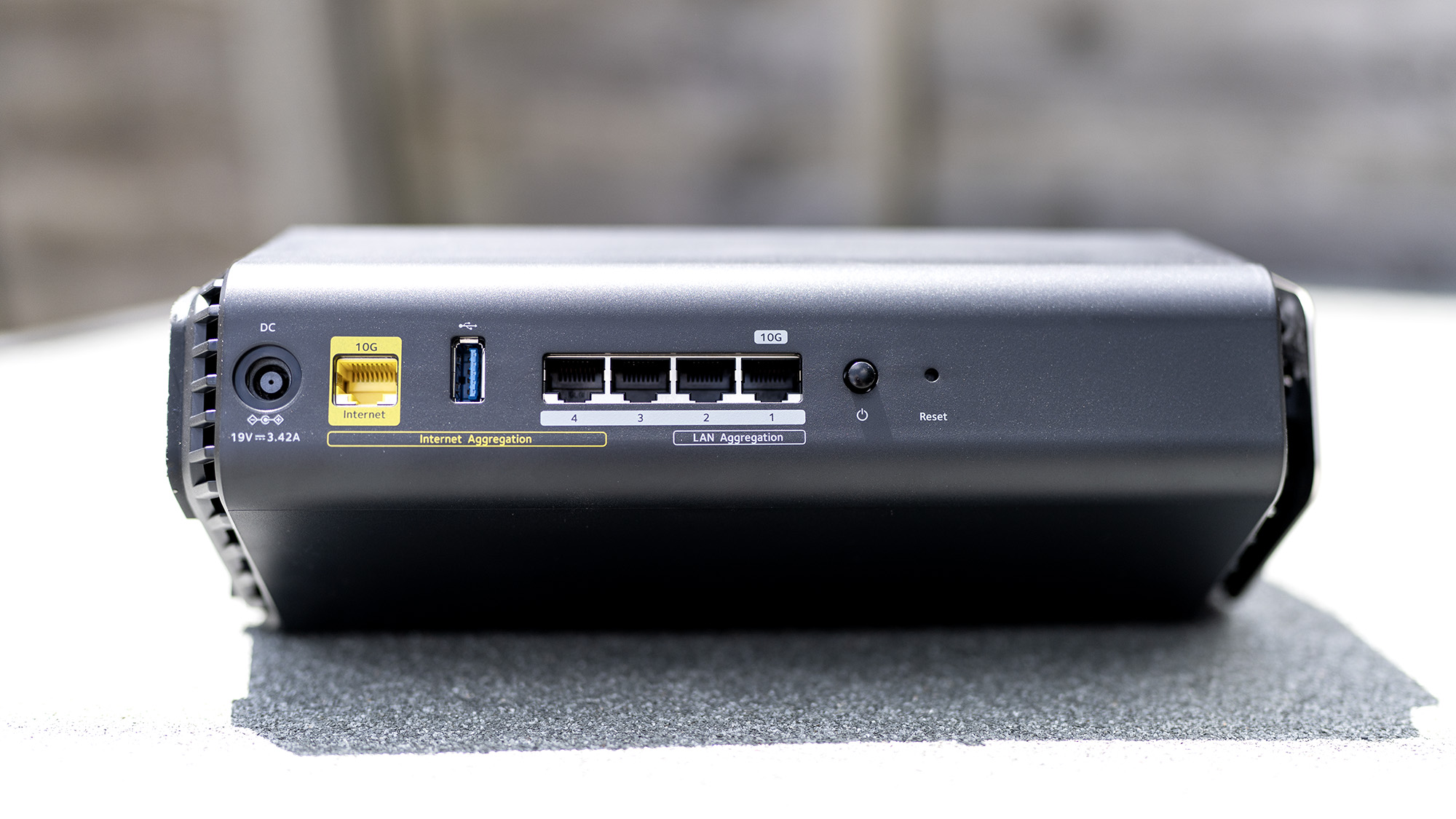
Wireless standard: Wi-Fi 7
Max speeds: 0.7 Gbps (2.4 GHz), 5.8 Gbps (5 GHz), 11.5 Gbps (6 GHz)
Ethernet ports: 1x 10 Gbps, 3x 1 Gbps
WAN: 10 Gbps
Processor: Quad-core 2.0GHz
RAM: 2 GB
USB: 1x USB 3.0 Type-A
Dimensions: 257.5 x 150 x 101.6 mm (10.1 x 5.9 x 4 in)
Weight: 0.95 kg (2.09 lbs)
Price: $400 | £500
Not so with the Netgear, which has a small footprint and can be placed either vertical or horizontal anywhere you can get power and cables to it. It requires a power brick (which is nice and small), and the cable is around five feet long, so you’ll need to keep it within that sort of range of a socket, as well as any fibre or cable modem you’re using. Finding the right place for your router is an involved business, and that’s before you even consider the best placement for Wi-Fi performance.
Luckily, the RS600 has a lot of Wi-Fi to go around. It claims 18 Gbps of combined throughput speed, and has a 10Gbps input socket to feed it. That makes it almost as (theoretically) fast as the top-end Nighthawk RS700S router. Though the more expensive model has other benefits, such as a slightly greater coverage volume (3,500 Sq ft against 3,300 sq ft) and the ability to talk to 200 devices at once compared to the RS600’s 150.
Setup is done through a phone app—you’ll need to create a Netgear account and then connect to the router’s default Wi-Fi network, after which everything happens more or less automatically until you need to input your network credentials—there’s a lot of time spent watching a blue bar creep across the screen while it ‘makes sure your mobile device is connected’ and constantly asks you to ‘wait two minutes’. There’s an on/off switch on the back of the router you’re going to need to remember to press to make the whole thing work, but that’s the most difficult thing. Then you’re going to need to name your Wi-Fi network (an opportunity to broadcast messages into your neighbours’ homes), create a new password, create an admin account and password, then answer some security questions. It’s a very smooth process, and includes an automatic firmware update check—twice.
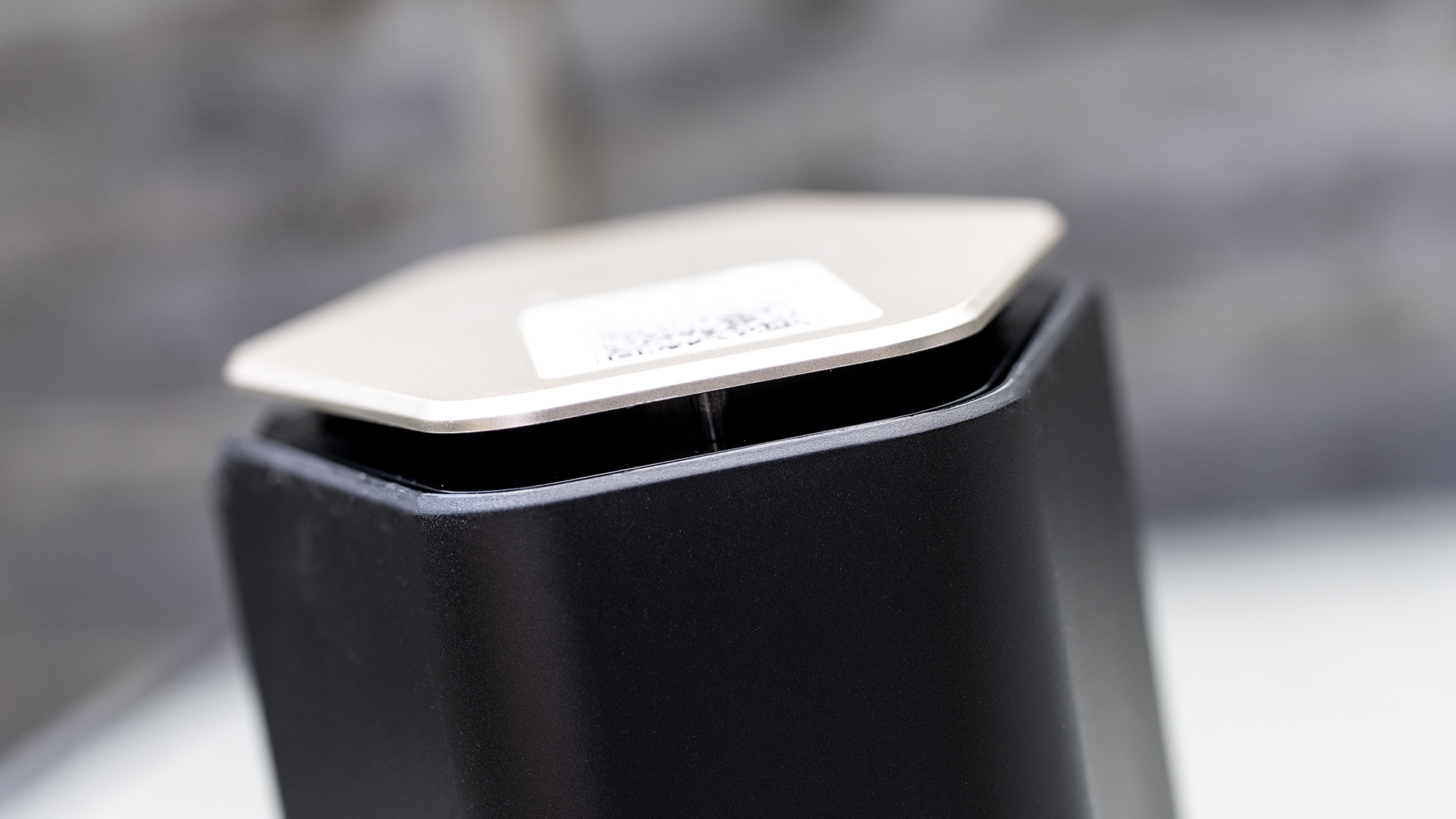
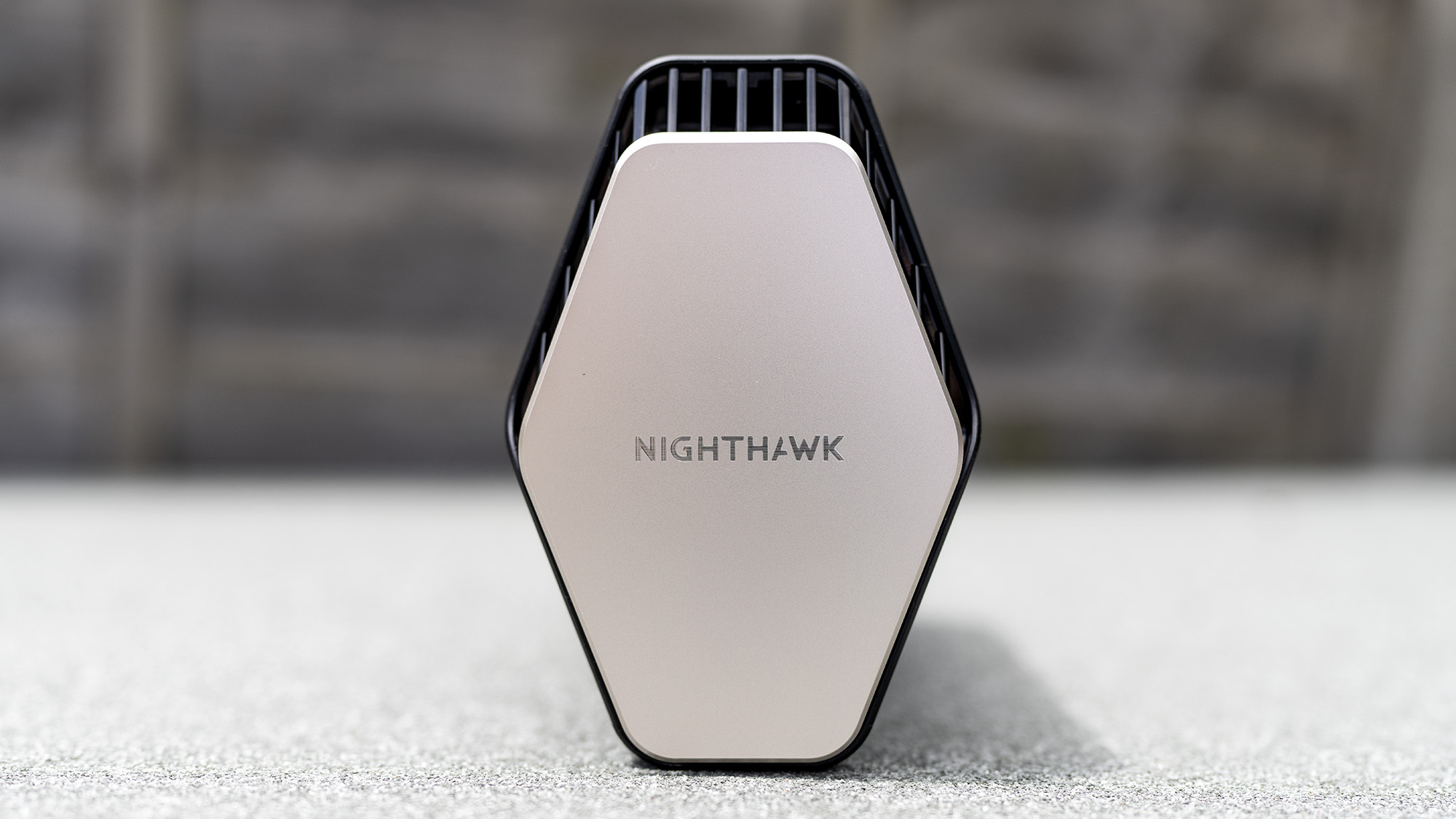
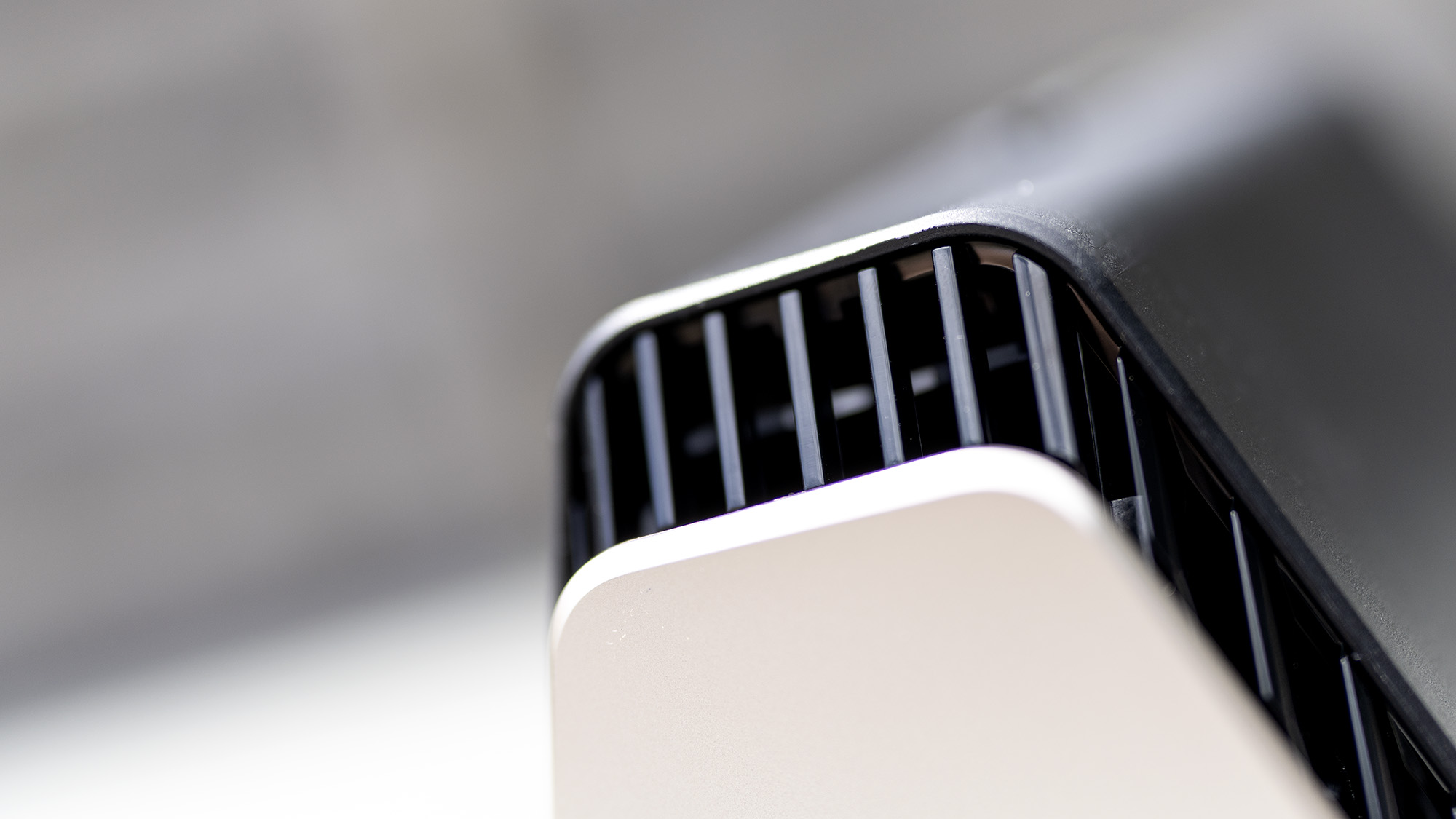
There’s a sticker on the end of the router that provides information about the default network name and password, and which indicates that it can be peeled off —it can’t. The sticker held onto the plastic shell of the device like a limpet on a rock, and if you’re fussy about the appearance of your router this is going to be annoying.
It also has Netgear’s Smart Connect enabled by default, which collects all the various wireless networks it’s capable of emitting into one, and allows the router to choose which it assigns to a particular device. This is fine if you’re not fussy about always getting the best one, and prefer an uncluttered Wi-Fi connection page on your devices, but you’ll want to turn it off if you need to make sure your gaming PC, for example, connects to the 6 GHz or 5 GHz network to make the most of its speed.
And as for that speed, well Wi-Fi 7 is no longer new so we’re not as impressed by the vast throughput figures as once we were. Average internet speeds also haven’t kept up with advances in router tech, so hooking that 10 Gbps socket up to an average 70 Mbps connection can still feel a little wasteful. What routers like this excel at is acting as a hub so that your gaming PC, laptop, tablet, smartphone, NAS, media server, games console, multiple smartphones, smart home devices, internet-enabled fridge and coffee machine, plus any children you may have (they’re fitted with Wi-Fi chips at birth these days) can all communicate with each other and the wider internet at once.
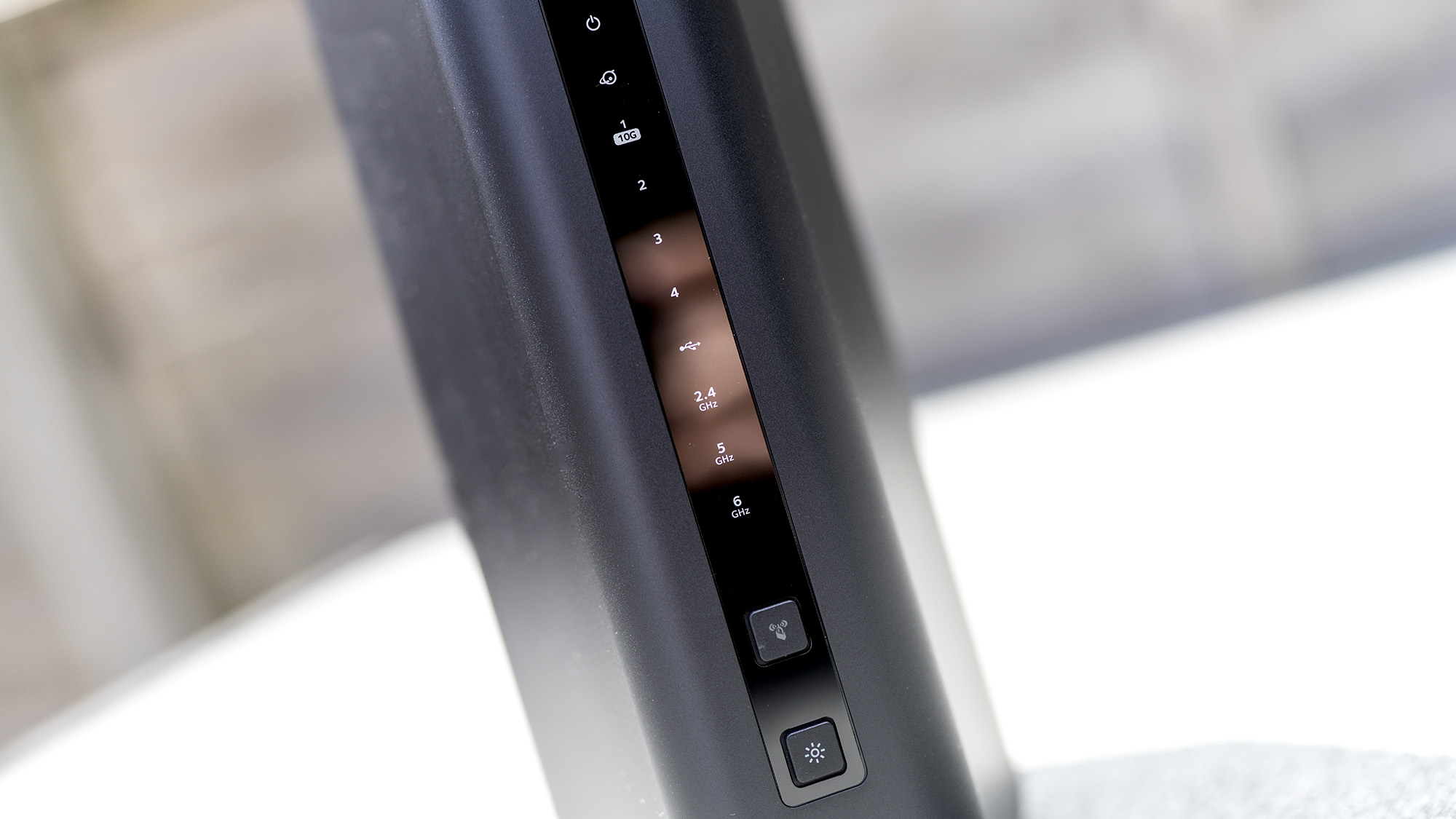
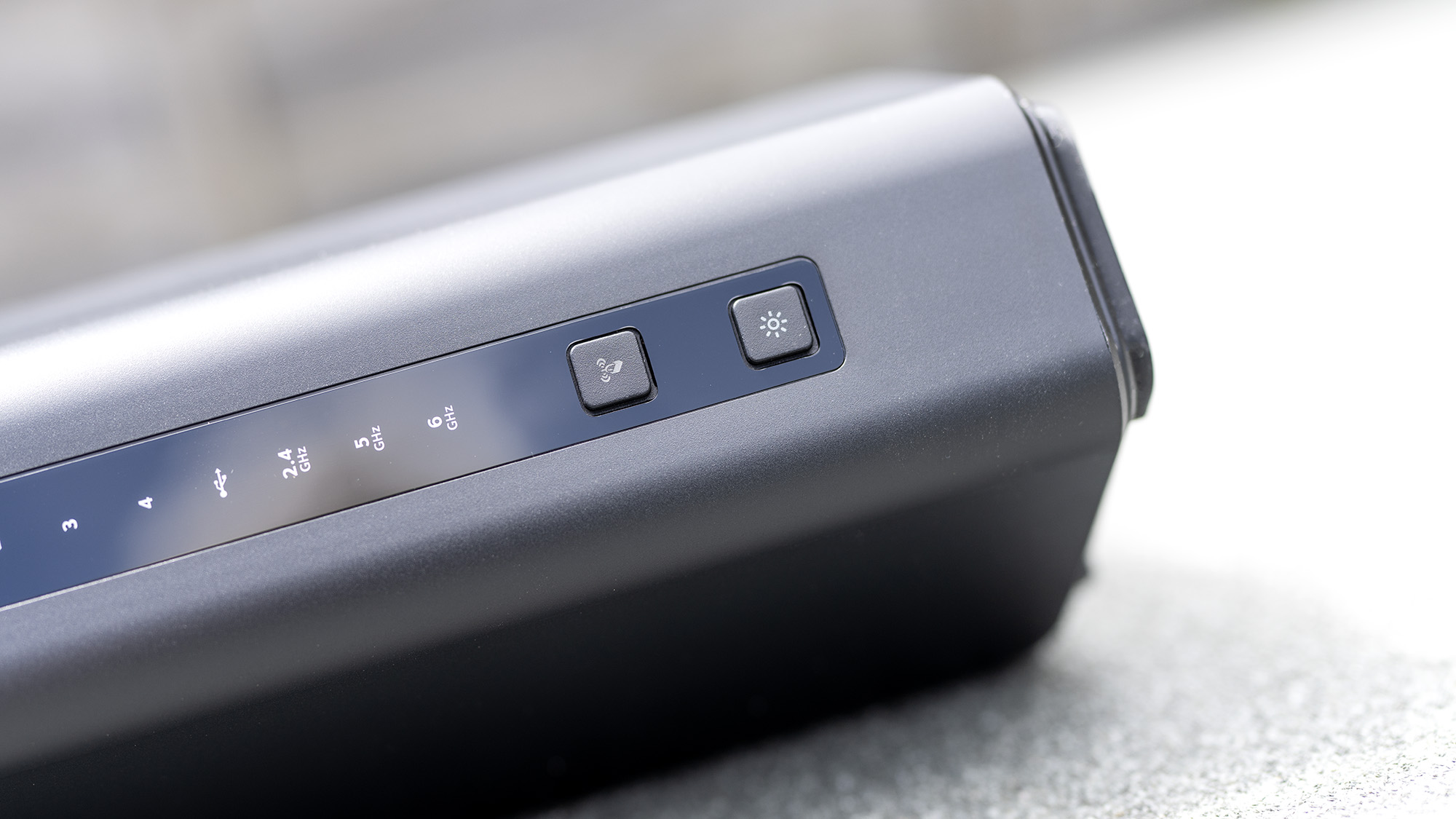
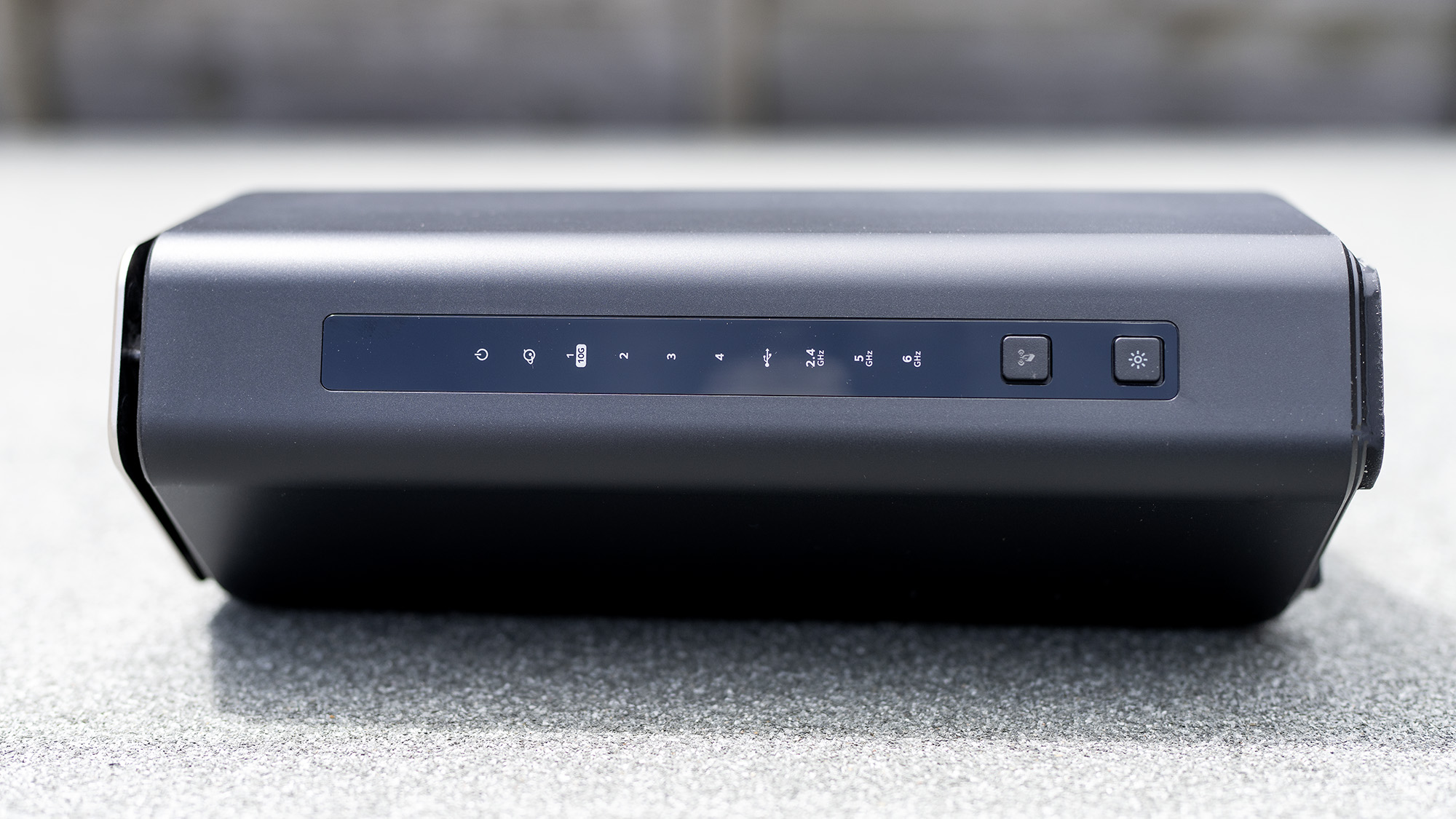
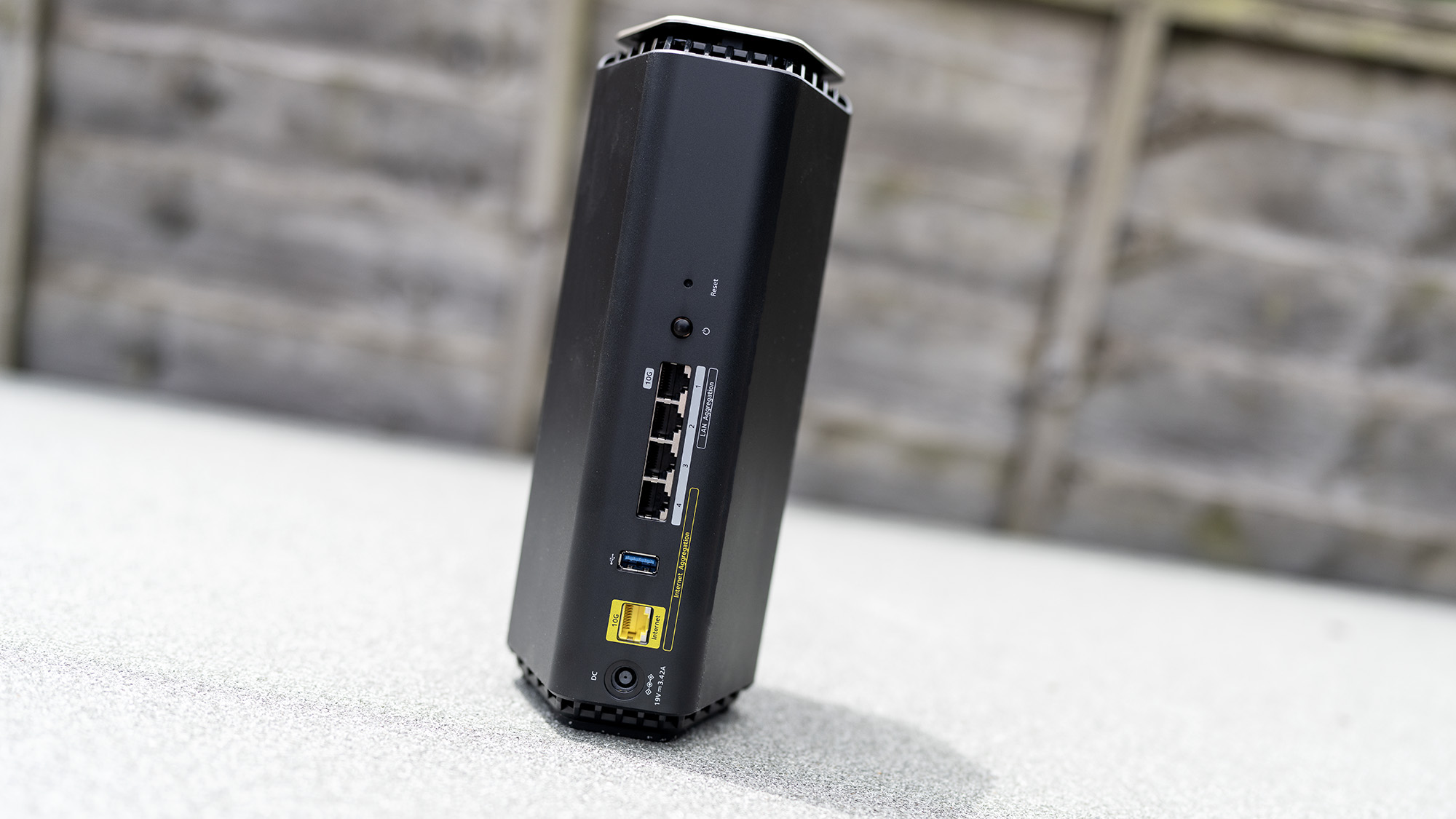
✅ You’re looking for a Wi-Fi upgrade: Wi-Fi 7 is now a mature technology, and while average internet speeds haven’t risen to use it fully, it’s still worth having around the house.
❌ You already have enough internets: This is a good upgrade over a Wi-Fi 5 or even 6 router, but if you’re already using 6E or 7 you’ll need to question what you’re getting for your money.
These speeds, recorded between two Wi-Fi 7 PCs both connected to the router on each of its three bands, are pretty good, meaning that you’ll be flinging around gigabit streams of data with wild abandon if you’ve got a need for that sort of thing.
As has often been the case with the Wi-Fi 7 routers we’ve tested, the 5 GHz band comes out on top when both PCs were in the same room and again when a bit of distance and a wall or two are put between them, though the 6 GHz one is no slouch and could be kept as the exclusive domain of your games PC to avoid congestion from other devices. Hopefully this adds a degree of future-proofing to the device, though it’s not as fast as the big TP-Link, and it will make an excellent upgrade over that flimsy thing your ISP lumbered you with.
